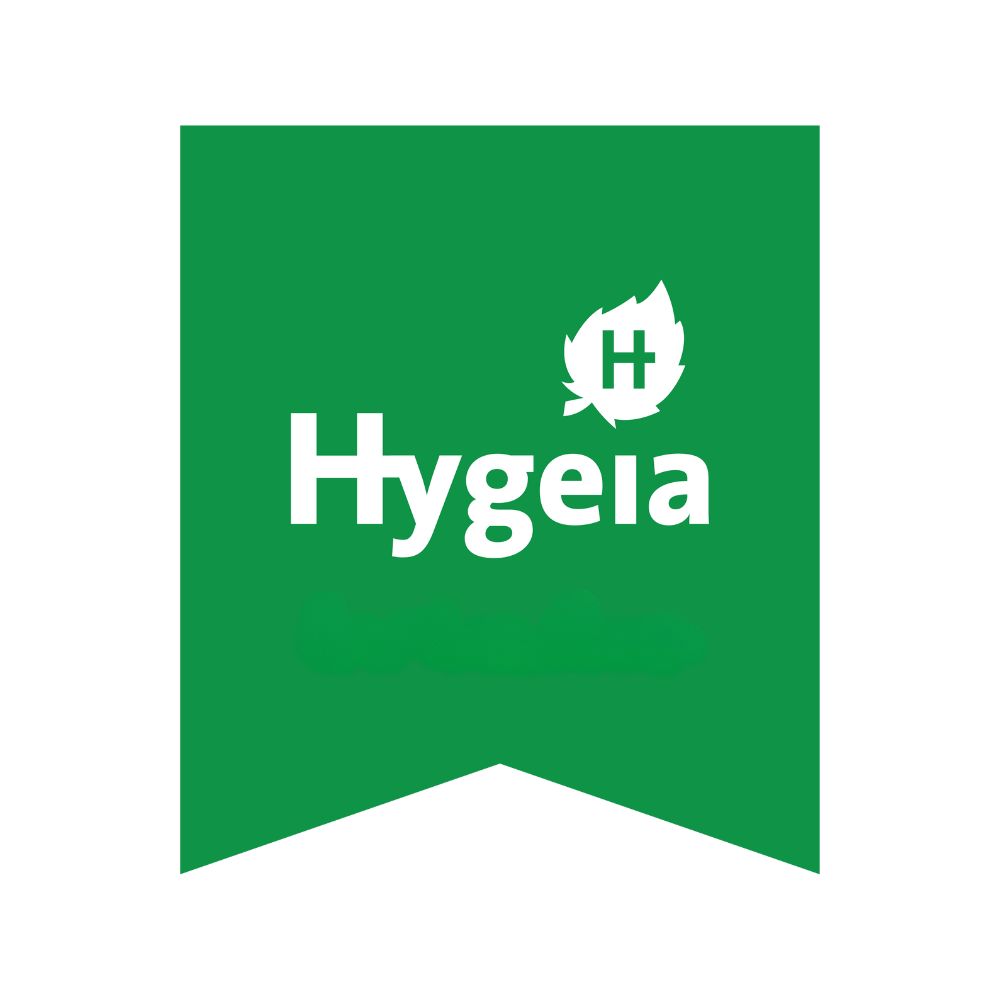Maximising Sheep Health and Welfare: A Guide to the National Sheep Welfare Scheme (NSWS) 2024
This year seen the launch of the National Sheep Welfare Scheme (NSWS) which aims to provide farmers with practical support and incentives to improve animal welfare on their farms. NSWS runs from January 1st to December 31st, 2024, it is designed to complement the existing Sheep Improvement Scheme (SIS) and offers additional opportunities to enhance flock management. The NSWS focuses on specific welfare measures that apply equally to both upland and lowland flocks. The NSWS is a valuable resource for farmers, providing financial incentives for measures that boost the health and well-being of ewes. Participants in the NSWS will be required to complete two actions. Each action plays a key role in improving animal welfare, health, and ultimately, farm productivity. The scheme consists of four possible measures, two actions must be completed in full, one from each category. These measures include;
Category A Actions
1. Shearing
2. Body Condition Scoring Ewes and appropriate follow-on management
Category B Actions
1. Clostridial vaccination of ewes
2. Plunge Dipping to control external parasite.
When combined with payments under the Sheep Improvement Scheme (SIS), sheep farmers will be eligible for a payment of €20/ewe, €8 from the NSWS and €12/ewe from SIS.
Why Plunge Dipping is a Smart Choice
When dealing with external parasites plunge dipping remains one of the most reliable treatments. Weather dipping in the summer or winter or both, is an important annual practice on sheep farms. Sheep dips, such as Organophosphates (Diazinon) are extremely effective in eliminating and preventing several serious sheep ectoparasites, like blow fly (bluebottle) strike, lice, keds, ticks and sheep scab. Hygeia’s Summer and Winter Sheep Dip contains Diazinon making it a focused and efficient option for sheep farmers seeking to protect their flocks. Plunge dipping targets external parasites only, killing them quickly and helps to reduce the presence of parasitic antigens present on the skin surface, which can cause inflammation.
If plunge dipping is selected as part of your farm's welfare measures, it is crucial to complete the process by October 15th, 2024. To ensure safety and effectiveness, please adhere to the below best practices. By following best practices and incorporating plunge dipping into your flock management plan, you can help ensure the health, welfare, and productivity of your sheep, while also meeting the requirements of the National Sheep Welfare Scheme.
Best Practices for Successful Plunge Dipping
When done correctly, plunge dipping is one of the most effective ways to manage external parasites in sheep. However, ensuring proper application is crucial to maximising its benefits and avoiding potential issues like treatment failure. Here are some best practices to follow:
Prioritise Safety: Plunge dips can be hazardous to human health, so it's important to wear proper Personal Protective Equipment (PPE) as outlined in the product’s safety guidelines. Typical PPE includes; Wellington boots, PVC or nitrile waterproofs, heavy duty nitrile gloves (0.5mm thick, 300mm long) and face shield.
Start with a Clean Bath: Before beginning, make sure the bath is free from any residual organic material from previous dipping sessions. This material can reduce the effectiveness of the dip and lead to bacterial infections.
Mixing the Dip Correctly: Accurate measurement is key. Know the volume of water in the bath and add the appropriate amount of dip concentrate. If you're unsure, don’t hesitate to consult the product manufacturer for guidance. Please check out the website for information on using Winter and Summer dips.
Regular Top-Ups: Dips need to maintain a minimum concentration to remain effective. Follow the product's instructions on how often to top up the bath after dipping a certain number of sheep. Hygeia dips require 1L after every 36 ewes for dipping tubs less than 2250L and 2.5L after every 90 ewes for dipping tubs greater than 2250L. Check out the website for more information.
Time in the Bath Matters: For the dip to be effective, sheep need to stay submerged in the bath for 60 seconds, for the best results. This ensures the medication is properly absorbed into the fleece, preventing under-treatment and resistance build-up. Hygeia recommends fully submerging each sheep twice to ensure efficient treatment.
Maintain Bath Cleanliness: As the dipping process progresses, organic material will accumulate in the bath. Be mindful of the bath’s capacity—never dip more than one sheep for every 2 litres of dip wash at the start (e.g., a 1,000L bath has a maximum capacity of 500 sheep). Cleaning sheep before dipping can also help maintain cleanliness.
Environmental Protection: After dipping, sheep need sufficient time to drain off any excess dip. Keep them in a designated draining area until their fleece is no longer dripping, and ensure this area is not near watercourses to prevent contamination. Dispose of used dip correctly and responsibly.
Sufficient Wool Growth: Sheep need at least 1cm of wool growth for the dip to be effective. Avoid dipping immediately after shearing.
By adhering to best practices and carefully implementing these measures, farmers can achieve better results for their animals and their operations throughout the year. A popular choice for Irish farmers, Hygeia’s Summer and Winter dip can be found in most farms across the country, consistently protecting the national flock from ectoparasites, Hygeia are committed to help improve the welfare of sheep in Ireland. Stay tuned to Hygeia’s social media platforms over the next few weeks for video demonstrations on correct procedures for Sheep Dipping.



